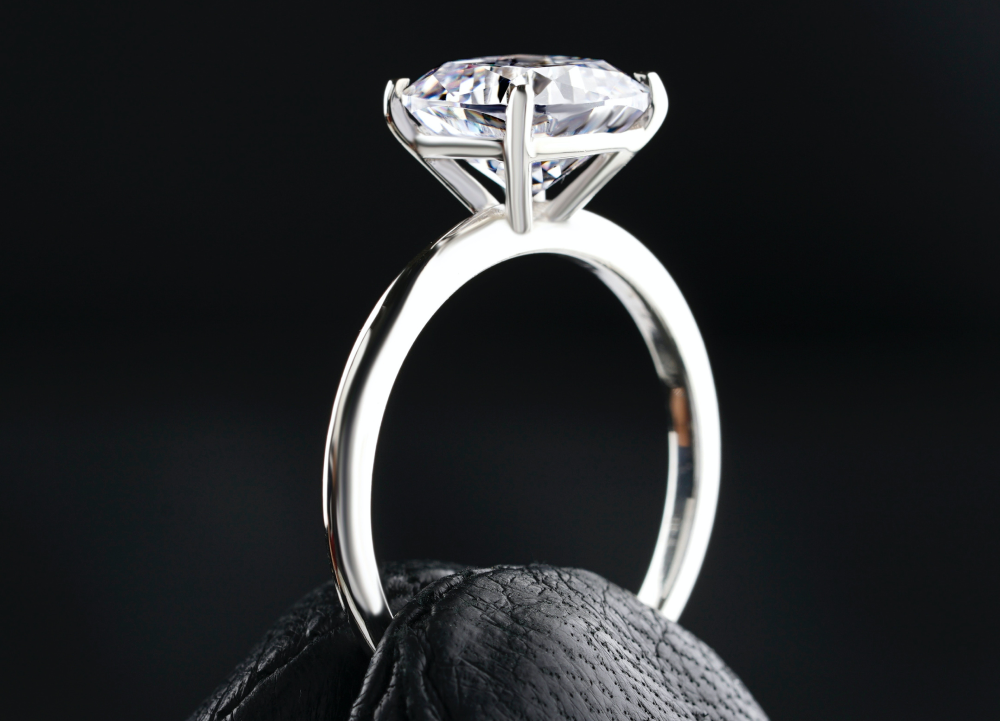
Isn’t experience such a wonderful tool? You hear a new concept or a marketing idea, and you can’t help getting excited. I am a person who suffers from FOMO (fear of missing out) and my passion is tech. It all started when I had a piece of software written for me to keep all my notes together. It included who I was talking to, all in a structured format and timeline.
My brother is a solicitor, so the importance of keeping great notes with date stamps was drummed into me. The lawyers would begin every conversation with an A4 pad with the time and date written at the top, and I wanted to do that programmatically. I just missed one really important step. Many lawyers charge out in 6 min intervals (how did I miss that). If we all did that, we would be billionaires.
In 1996, I wrote a custom-made CRM. Wow, huh? I thought I was a genius. Why did I begin with this example? First and foremost because this was my traceability. It was a simple way to track all conversations and actions associated with a case. If anyone questioned me on the history of a file, I have a perfect record of what had transpired.
You see, I needed a custom-built CRM to run one of my consultancy businesses, and I was working with 20 different insurance companies at the time. Sure, it would have been great if everyone worked off my platform, but the world and business doesn’t work that way. Let me bring it back to the traceability story.
What are we, in the diamond trade, trying to accomplish with traceability? It’s important that the diamond jewellery industry contemplate where and when the relevance of traceability lies and are careful not to try and force it into areas where it has little value. Traceability in our world is being able to show the consumer that the diamond they have purchased does not come from a conflict zone where the revenues generated are being misused and sponsoring terror and child abuse of the local populations. Right now, there are some amazing tech players and every one of them has a value proposition.
For those who are not very familiar with this space, I will do my best to simplify it. I don’t want to be a sceptic, but you can interpret the data to suit you. Let’s just accept that it’s accurate, and it more than likely is, simply because multiple products and industries are saying similar things.
We are told by research that the government bodies, special interest groups, and in our case, the consumers, want to know where materials are sourced. These are the countries and companies that produce, manufacture, facilitate or handle them, and occasionally every single link in the chain till the end user. Then if it is sold, they want to know who the new owner is. Wait, did I add that some people even want to know where it was disposed of? Don’t forget that in mining you also must return the land to the way you first found it.
Traceability is as it sounds. Can you trace the path of a diamond from the mine but also through every step of its process? Can you guarantee the end user that through a blockchain of data storage, a unique number is assigned so that you can see the path the diamond has taken until it got to their finger? The critical aspect is that the data path cannot be manipulated or forged to give a fake story.
As many of you can appreciate, I have pretty good access to some very knowledgeable people and companies who have invested enormously in this space. The leaders in the space of traceability with diamonds are DeBeers, Tracer, Sarine on multiple levels, Intracity in Antwerp and Everledger. The latter has an Australian CEO that works not only in diamonds, but numerous other industries. Both fine gemstones and even wool provide “the whole railway network” to the point where they create a cool interphase for the consumer to interpret the information in an easy to understand manner. Let’s ask the simple question. Why do all this?
Research shows that consumers want to know that they are not buying diamonds that fund countries with a record of human rights abuses of women and children and are using the funds to prop up their regimes. The Kimberley Process is one component, but the traceability tools that these companies have built have a robust and tangible solution to this problem. Check out Sarine’s “Diamond Journey” or the GIA’s “Diamond Origin Report.”
Some of these entities went further. They appreciated that traceability is only half the story. If you cannot link it to sustainability, it is a very single dimensional story. Some who only provide part of the tech will correctly argue that it is not their role to solve this part of the puzzle but to provide the tools to those who talk about sustainability to have the means to qualify and quantify their claims.
I want to stop for a moment and ask you. Who in your business can confidently speak about traceability, transparency and sustainability? Do you have any tools that enable you to show your customers what it means and how your business uses it? What percent of your customers have asked about it? Is it something that you believe in? How important are these issues to you?
I am prepared to go out on a limb here and say that the majority of the diamond jewellery trade hears a lot about this from large companies. Still, very few have the answers, the tools to explain it, only bring it up in conversation if asked, will claim they are rarely used if ever asked, and like the idea conceptually but can’t say they place a high degree of importance on it.
So why is there such a huge amount of focus on this space? My interpretation is as follows. Most of us and Generation Z sees the world’s resources being depleted and abused. Gen Z is your future customer, black and white. If you don’t appreciate that this is important to them, you will not be speaking their language. It’s that simple. Don’t learn their language, and you will have trouble selling to them. Maybe not today, but over time. This concept is still in its development stage, so you have time to consider and ask yourself the questions above.
At the start, I gave an example of a software that I had written for me. I want to challenge the developers of tech on all levels of the traceability and sustainability stories to find ways to work together. I feel this is not currently happening. I am not suggesting that everyone should work on one platform as I had hoped almost 30 years ago. I do believe there is an opportunity to find ways to make the data interoperable and accessible to each other’s platforms. It will create a stronger diamond industry by working together or at least finding a greater degree of commonality that is easier for the consumer to understand.
This must be in everyone’s interest, as we need to help the retail industry understand how it will impact them and how they can communicate the story to their customers.
In a conversation with Leanne Kemp, the CEO of Everledger, she shared with me their three pillars. The interactive product map. This shows the journey of the diamond and includes all key production and transportation stages. They then use the term “The Joinery.” This is used to highlight sustainable practices and certifications at each step, making it easy for the consumer to understand.
The next step is the sustainability scorecard. At the end, they give you an impact tracker. This feature allows consumers to track the social and environmental impacts of their purchases. It calculates all sorts of cool stuff like CO2 emissions, water conservation, and labour practices. The end game is when the consumer will be able to see the real impact of their purchases and, in turn, by the very nature of their purchases, help drive demand for sustainable products and practices. As Leanne articulated so well, “we believe that transparency and traceability are the building blocks of a sustainable future”.
There is no doubt that each of the other tools mentioned above has a USP, and I suggest you look into them to see what works for you. In conclusion, as always, I challenge you to make a decision or not. Do you want to be ahead of the curve, or are you happy to wait and see? Both are legitimate answers. I know where I like to sit.

Trade well,
Rami Baron
President, Diamond Dealers Club Australia.
rami@ddca.org.au
Further reading: